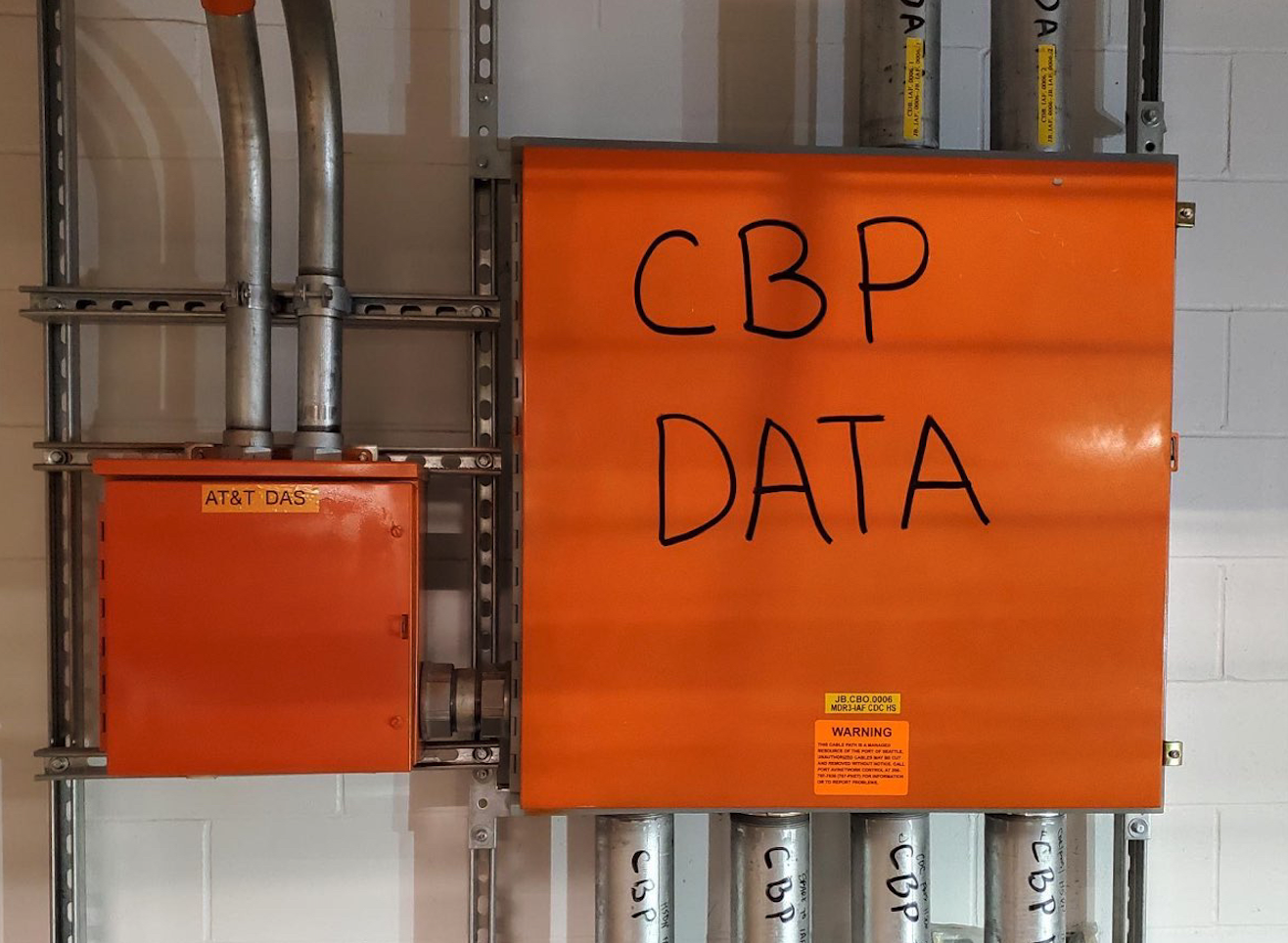Summary
-
Customs and Border Protection (CBP) is increasing its target for scanning passengers with facial recognition as they leave the U.S. from 40% to 75%.
-
The new goal will be implemented at the end of this month.
-
CBP is changing its metric for measuring progress from the percentage of flights that have at least one biometrically processed traveler, to the percentage of passengers who are biometrically processed.
-
CBP says that the change in metric is more accurate and provides a more complete picture of how robust biometric exit processing is on a national level.
-
The Congress-mandated goal of CBP is to have 97% or greater biometric exit compliance.
-
Airlines are increasingly using facial recognition systems to confirm travelers when boarding aircraft.
-
Passengers who do not want to participate in facial recognition can opt out, but they may be asked to present travel documents or other proof of identification, and in some case, fingerprints.
-
CBP says that it will only store facial images for no more than two weeks and that it will share entry and exit data for law enforcement.
The article also mentions a case where a privacy attorney was told by airline staff that she had to participate in facial recognition, even though she had a right to opt out. This suggests that there may be some confusion among airline staff about the rules surrounding facial recognition.
Interesting Passages
A June 2017 CBP document explains its “Biometric Exit Process” for passengers: “All travelers are required to submit to CBP inspection upon exit. Facial images will be matched and then stored for no more than two weeks in secure data systems managed by the U.S. Department of Homeland Security in order to further evaluate the technology, ensure its accuracy, and for auditing purposes. In lieu of facial images, travelers may be asked to present travel documents or other proof of identification, and in some cases provide fingerprints.” That document adds that it could share traveler exit and entry data with other government agencies “if the situation warrants, for law enforcement purposes.”
It seems likely CBP will meet its goal for biometrically-processing 75 percent of passengers. In 2021 I obtained a cache of documents related to the airline JetBlue’s piloting of facial recognition systems. Already back then, JetBlue said it had seen more than 90 percent of customers participate in biometric boarding when it was available.
Facial images “stored for no more than 2 weeks” just means that they have 2 weeks to transfer the data to another agency with no storage or transfer requirements.
To casually let the UK government spy on that data and store it forever.
Removed by mod
Yeah that stopped on 09/12/2001.
What happened on the 9th December 2001?
mm/dd/yyyy in USA
Pretty sure they know and are making joke.
YYYYMMDD format wins again
CBP must be abolished
How do I opt out of this horseshit?
They’re trying to push it up to 97% compliance, apparently mandated by Congress. So, generally, don’t cross the US border. Here’s an article from EFF: https://www.eff.org/deeplinks/2017/08/end-biometric-border-screening
DHS recently took the alarming position that “the only way for an individual to ensure he or she is not subject to collection of biometric information when traveling internationally is to refrain from traveling.”
Don’t fly if you care about your privacy
I mean, I don’t know where you’re from, but at least in the US, that’s been known for a while. To go anywhere you have to present photo ID, have your bags x-rayed, have somebody physically inspect your shoes, electronics and medication, and pass through a metal detector, if you’re lucky…but more than likely a millimeter-wave scanner and possibly a pat-down.
Short of flying private/charter, that’s pretty much the only option for commercial flight.
You can sometimes save yourself the hassle and take a train or a bus (or more likely a combination of several), if you don’t mind taking forever, and trains usually costing more than flights. Or just do what any other good red-blooded American would and take your pickup truck.
What the hell do these guys get out of it? Does someone at CBP jerk off to thinking about the amounts of personal data they collect? How do they use it? Or is it just a database of people’s data “in case we need it in the future :3”? wtf…
Airlines increasingly use facial recognition systems for when travelers board aircraft. Generally, a passenger looks into a camera, the system compares their face to images on file, and confirms if the passenger is who they claim to be.
I’m very confused by this. What is the justification for taking another picture? Usually government ID/passport already has a picture on it.
Unless they are pushing for full automatic ID confirmation (which is a very bad idea), the people at the boarding gate could just confirm with their eyes, no?
In addition, I could see this especially concerning for international students, foreigners and visa workers. The mentality is not to disturb the system and it is highly likely that they will submit without a fight. Those without a law background like in the article are less willing to stand there and argue.
I fear this will further create conformity for those around before take off. No one wants to be the little bugger that makes a scene or holds off the line. Plus, this will further foster such submissive mentality for international travelers (eg their friends, their family) to expect and submit to these intrusive practices without question or the possibility to repeal. Slowly this adds onto the 75% target, and then it will keep growing, to 97%, then to 100% …
With airlines, it still seems to be voluntary and justified by convenience. (https://www.businessinsider.com/american-airlines-facial-recognition-boarding-dfw-aviation-trend-2019-8)
For boarding-crossing trip related to CBP, it seems you can still explicitly opt-out, possibly incurring inconveniences. But it maybe less voluntary in the long run (also because of inconveniences.)
For foreigners needing to travel in-and-out of the US, they will always be more willing to submit to the whims of Airport/US authorities.












